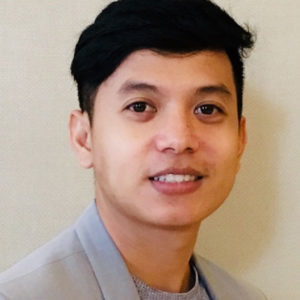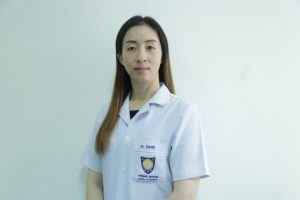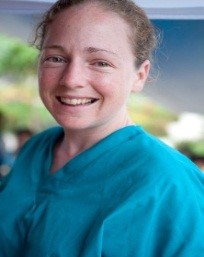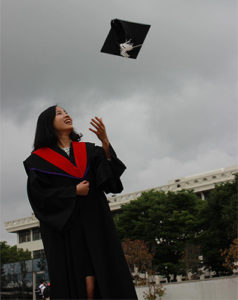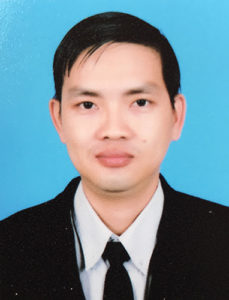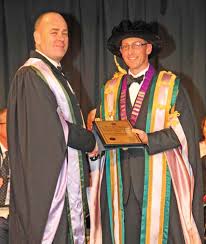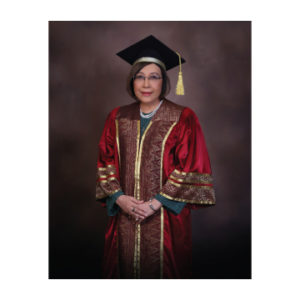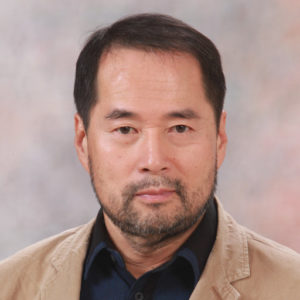Dr. SOEURN Visal
Problem-Based Learning (PBL) is a teaching method in which complex real-world problems are used as the vehicle to promote student learning, as opposed to direct presentation of facts and concepts (e.g. traditional lectures). In PBL students solve problems collaboratively over a number of sessions, with guidance from facilitators. The process involves different students gathering information to answer questions related to the problem from textbooks, journals and other sources, and then sharing the findings in order to collaboratively solve the problems at hand.
At UP we have been using PBL in the classroom for many years. Students meet in small groups to work through a series of problems – mostly complex clinical cases – related to what they are studying that semester. When UP closed to students last semester, we had to adapt the PBL classes and do them online. In Dentistry, the two facilitators, Dr Chray Mengkheng and Dr Sao Soksan assisted by Dr Horn Rithvitou, conducted a survey at the end of the course to evaluate student perceptions and how online PBL compared with face-to-face PBL.
38 students participated in the survey. 95% agreed that overall PBL was a positive experience and a good way to learn, although many had intermittent problems with their internet connections. 100% said the topics were interesting. 87% said they learnt a lot from studying the PBL work. 85% said their group worked hard to solve the problems. 77% said that teamwork and communication between group members was good. 62% said they prefered online PBL to face-to-face PBL, and 75% said they would be happy to do it again. 83% said they preferred PBL over lectures. Reasons given for liking PBL included: interesting topics, a focus on clinic-based problems, and enjoyed meeting classmates. The main complaint was the sometimes erratic internet connection and difficulty in accessing full journal articles online.
Overall the online PBL has been a great success, and we will use it again in the future. We hope to present the results of the study at the Southeast Asian Association for Dental Education (SEAADE) online conference later this year and perhaps publish a paper in an international journal.



